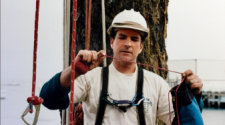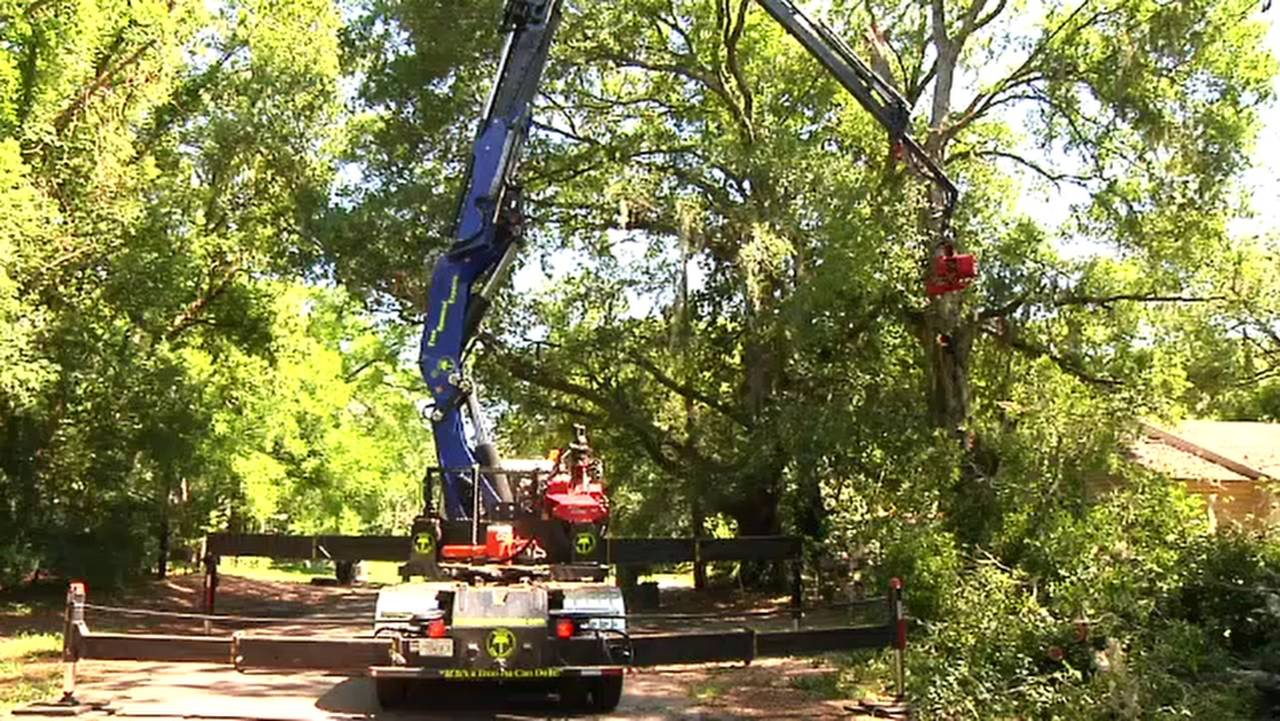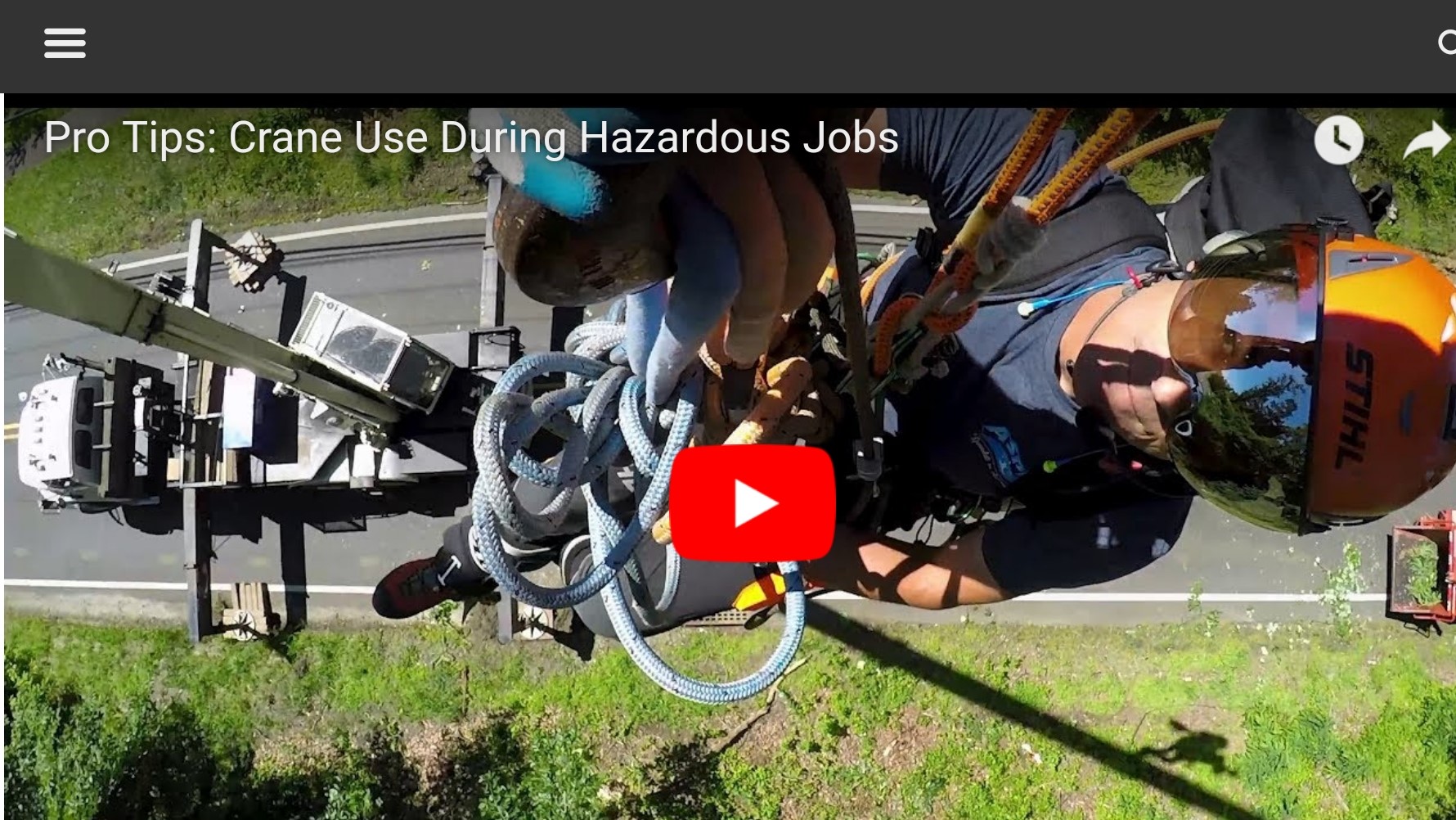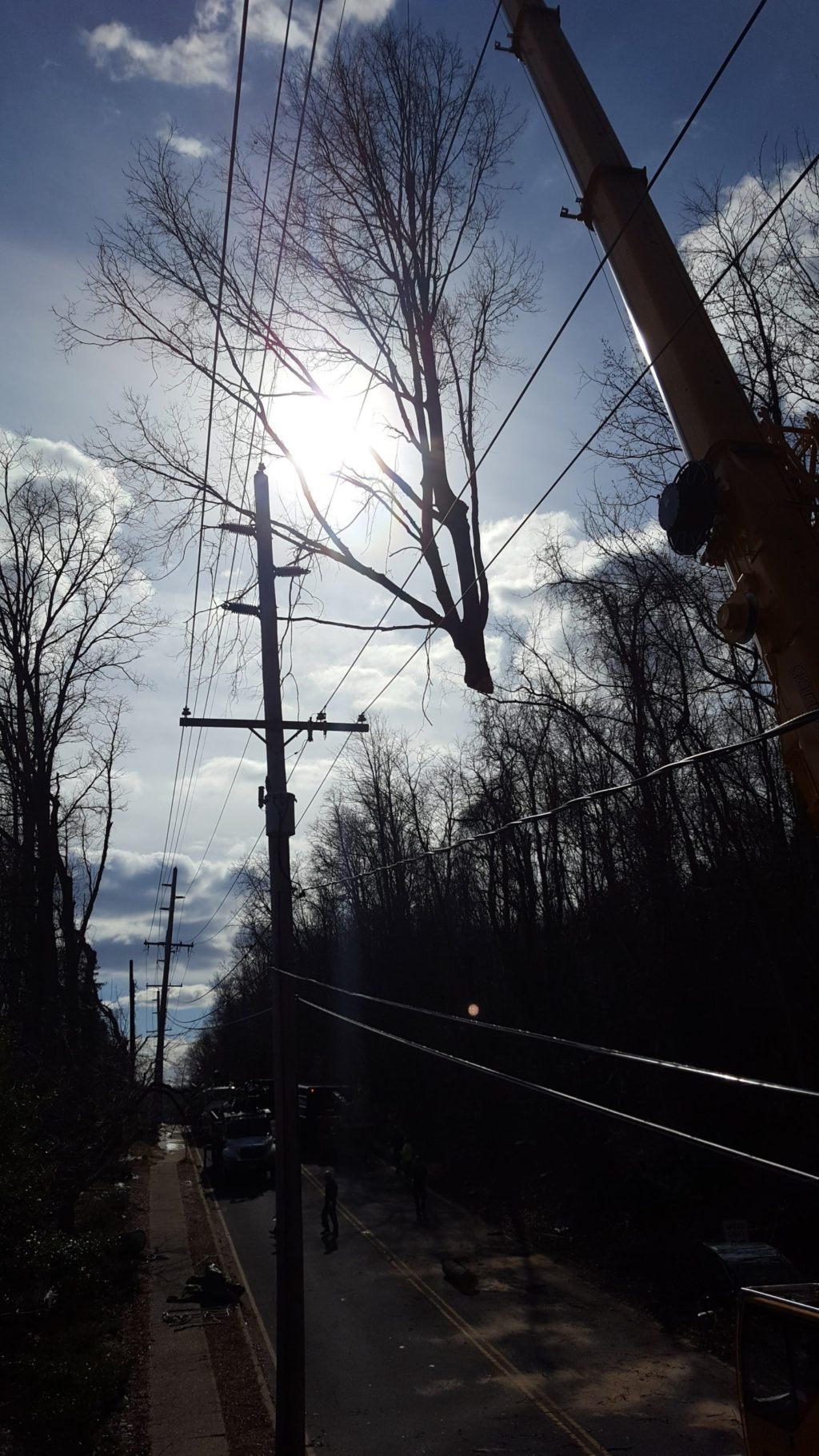To Splice or Not to Splice? 
SRT & Non-Spliced Climbing Lines
Marlow Ropes’ range of CE certified and ANSI compliant climbing, rigging and accessory lines are field proven and trusted by Arborists worldwide and manufactured in the UK under rigorous ISO 9001:2015 quality standards.
Whether it be hard wearing arboreal tree climbing ropes, super strong slings and throw lines or heat resistant accessory cords for prusik loops and friction hitches, Marlow excels in arborist equipment design, quality and performance.
A question that we are asked is whether climbing lines should be spliced or not. As manufacturers of both options we see the benefits of both, but have seen the significant rise in Arborists using Single Rope Technique (SRT) in the industry, and therefore the changing nature of the ropes they are selecting for the job. There is becoming less of a need for arborists to always use the spliced option.
In SRT the rope isn’t terminated at the harness which eliminates the need for a splice. Normally the argument is that a splice is smaller or slimmer and therefore keeps the harness area uncluttered, but this only matters if you are using the Double Rope Technique (DRT).
Non-spliced climbing lines, such as our recently launched VEGA hold many benefits:
* Non spliced ropes offer more flexibility for climbing from either end. This prevents one section of the rope getting more wear than another.
* Non spliced ropes don’t need to be anchored at the end, in a short tree you could tie the rope in the middle, this further spreads the wear.
* No splice means no diameter change. This means the rope is easy to thread up in ascenders and other rope control devices. It also makes rigging and retrieving easier, nothing to snag and can be rigged from either end.
* No splice means a bit of damage near the end of the rope can be simply cut and re-sealed / labelled and the rope is ok for further service (albeit a little shorter).
* Ropes wear in the eye- in a splice that’s always at the same point. In a knot it moves every time you tie it.
Marlow’s new Vega is a CE EN1891 light-weight climbing rope, that currently boasts the lowest elongation on the market (1.2%). Designed specifically for the new generation of mechanical climbing devices and modern climbing techniques.
Vega has a tough polyester core that provides extremely low elongation whilst also being energy absorbing, ideal for SRT climbing. The 24 plait polyester jacket gives a rope with exceptional flexibility and handling without compromising on durability.
Available in lime or orange. Look for the Marlow Black Marker.







